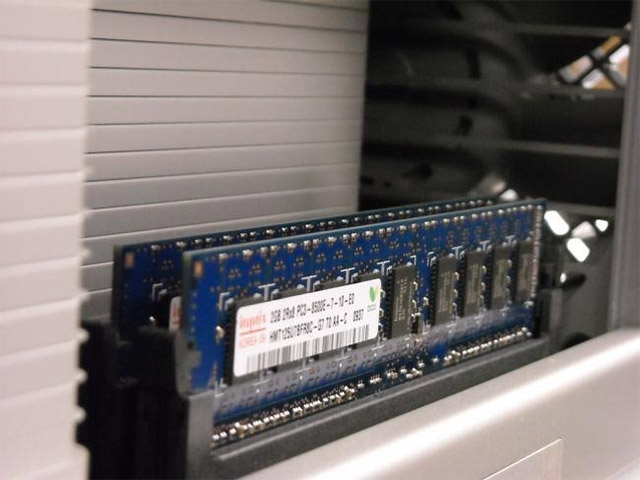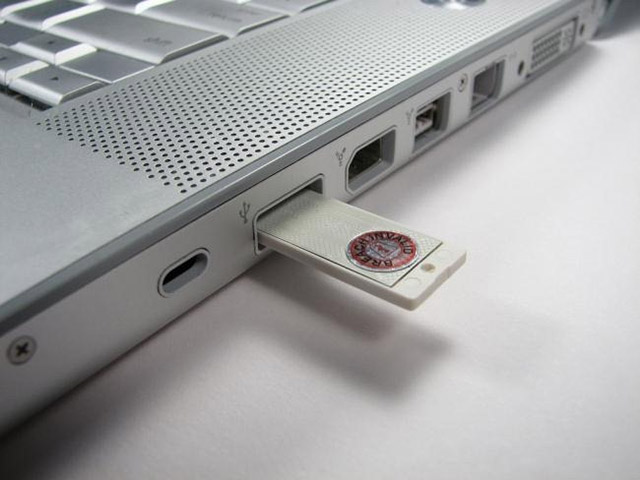Is Windows ReadyBoost worthwhile to use?
When you connect a USB stick to an old Windows computer (and even on Windows 8), Windows will ask you if you want to speed up your system with ReadyBoost.But what exactly is ReadyBoost, and does it really improve your computer speed?
ReadyBoost was officially introduced in Windows Vista, and at the time of its release, it was a very popular feature promoted by Microsoft.However, unfortunately when the actual situation is not as expected by the user.Although ReadyBoost can be useful in some limited cases, it is not really helpful in general to make your computer more powerful.
How does ReadyBoost work?
ReadyBoost works with SuperFetch.SuperFetch is a feature also introduced in Windows Vista, which helps monitor the programs you use on your computer and automatically downloads files and application libraries of those programs to your computer memory (RAM ) so that, when you launch the application, it will be started faster because your computer has read the application's files from memory, instead of from the drive.Empty RAM usually does not work well, so using the cache as a frequently accessed application may increase the responsiveness on your computer.

SuperFetch often uses the memory of your computer, it stores files in RAM.However, SuperFetch can also work with a USB stick, which is when ReadyBoost is active.When you connect the USB drive to your computer and turn on ReadyBoost, Windows will store SuperFetch data on your USB drive, thereby freeing up system memory.Reading small files different from the USB will be faster than reading them from the hard drive, so in theory, this could help improve your system performance.
- SuperFetch and ReadyBoost both improve Windows Vista performance
Why is ReadyBoost not useful for you?
ReadyBoost is essentially a very good feature, but the problem lies in the memory of USB storage is slower than RAM, so it will be better to store SuperFetch data in the RAM of the computer than it is on USB.Therefore, ReadyBoost only really works if your computer doesn't have enough RAM.If you already have enough RAM, ReadyBoost won't really be useful anymore.

As you can see, ReadyBoost is an ideal feature for computers that are only equipped with a small amount of RAM.When Windows Vista was released, Anandtech conducted benchmarking for ReadyBoost, and the result disappointed many people at the time.When combined with a computer with 512MB of RAM (a very small number, today's new generation computers often contain a few GB of RAM), ReadyBoost does indeed help improve performance in many specific situations.However, adding RAM always improves performance significantly more than using ReadyBoost.
This shows the fact that if the performance of the computer you are using is actually affected by lack of RAM, adding more RAM will be more efficient than using ReadyBoost.
In any case, ReadyBoost can promote its value?
As mentioned, ReadyBoost may still be useful if your current computer has a small amount of RAM (512MB or even 1GB) and you don't want or can't add more RAM for some reason for example. If the budget is too high or your device does not support upgrading RAM, for example.At this point, a spare USB with ReadyBoost will really be a great solution.

If you choose to use ReadyBoost, keep in mind that the speed of the USB drive will also help determine how much the improved performance level will be.If you have an old, slow USB stick, you probably won't see any significant increase in performance, even if the device has a very small amount of RAM.Windows will not allow you to use ReadyBoost on specially slow USB flash drives, and vice versa.Especially if you are using an SSD, ReadyBoost will have absolutely no effect.This is because SSDs are already faster than flash drives.
summary
In summary, because computers today are usually integrated with the amount of RAM by default is much larger than before, so you will not see many benefits from ReadyBoost as you did in an ancient system with the amount Little ram integration from a decade ago."Pretend RAM" from ReadyBoost cannot, of course, yield real RAM performance.In summary, this method will be more suitable for old computers that have been used for a long time.
See more:
- How to do, customize in the article will help your Windows 10 "as fast as the wind"
- Summary of tips to fix slow computer errors on Windows 10/8 / 8.1 / 7 and Windows XP
- 8 easy ways to free RAM make the machine run faster
- How to free up computer memory Windows 7, 8 / 8.1 and Windows 10
 How to work with Performance Monitor performance monitor in Windows
How to work with Performance Monitor performance monitor in Windows Enable Intel XMP to optimize RAM speed.
Enable Intel XMP to optimize RAM speed. Maintain Windows effectively with 5 professional software
Maintain Windows effectively with 5 professional software How to turn USB drive into RAM for computers and laptops. Do you know yet?
How to turn USB drive into RAM for computers and laptops. Do you know yet? Free your computer RAM with just 4 effective commands
Free your computer RAM with just 4 effective commands Is it possible to overclock the computer screen? How like?
Is it possible to overclock the computer screen? How like?